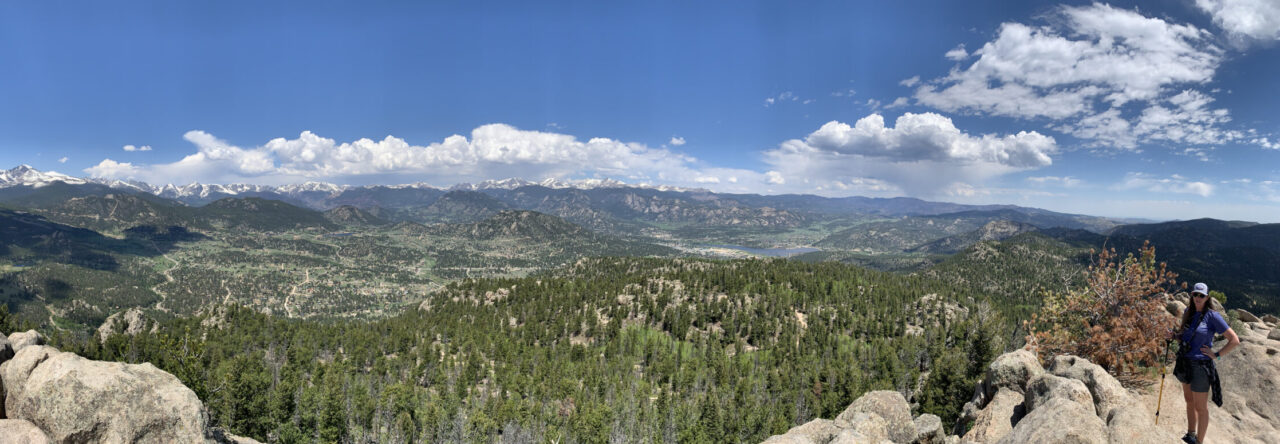Forbidden Fruit(y Pebbles)
This is the first in a new series I am launching called Forbidden Fruit(y) Pebbles, where I enlist my family and friends to go back and taste test all of the cereals our moms wouldn’t let us eat growing up. What will they be like as adults? Will they be as good as we suspected? Or, were our moms right all along?
In honor of Halloween, we kicked things off with the monster cereals, available only around this time of year. Assisting me with tasting were Wonder Boy and Skully Candy.
Franken Berry
Have you had this cereal before?
Wonder Boy: No
Skull Candy: No
Me: No
As a kid, what did you think it would taste like?
Wonder Boy: Freedom.
Skull Candy: I only dreamed of the experience!
Me: It had berry in the name so I thought it was healthy.
Now that you’ve tried it, what do you think it tastes like?
Wonder Boy: I’m surprised at the strawberry flavor mixed with the taste of Flintstone chewables.
Skull Candy: Paper strawberries.
Me: It’s not as terrible as I expected. It’s sort of like a very artificial strawberry shortcake taste.
Was your mom right or wrong to not let you eat this?
Wonder Boy: My mom was pretty smart.
Skull Candy: She was right on! And I don’t always agree with her parenting choices.
Me: Absolutely.
Other Comments:
Skull Candy: Do not single out the marshmallows.
The Verdict: We actually enjoyed this and would eat it again.
Boo Berry
Have you had this cereal before?
Wonder Boy: No
Skull Candy: No
Me: No
As a kid, what did you think it would taste like?
Wonder Boy: A blueberry Mister Misty.
Skull Candy: I had no idea what I was missing.
Me: It had berry in the name so I thought it was healthy.
Now that you’ve tried it, what do you think it tastes like?
Wonder Boy: It tastes almost healthy. It tastes like no berry I have ever had.
Skull Candy: I cannot identify the flavor. It’s truly mysterious.
Me: It’s almost healthy tasting. It’s bland with a tart cardboard kick at the end.
Was your mom right or wrong to not let you eat this?
Wonder Boy: Mom did me a solid.
Skull Candy: She was seriously on to something.
Me: Yes. She did me a favor.
Other Comments:
Wonder Boy: I think this was from some exotic Amazonian fruit.
Skull Candy: Stay away from this cereal!
Me: Boo! What is it?
The Verdict: Gross. Stay away!
Count Chocula
Have you had this cereal before?
Wonder Boy: Yes
Skull Candy: No
Me: I think so at a friends house
As a kid, what did you think it would taste like?
Wonder Boy: A melted Hershey bar.
Skull Candy: Vampire blood chocolate.
Me: Chocolate with a chocolate milk chaser.
Now that you’ve tried it, what do you think it tastes like?
Wonder Boy: It tastes like licking the inside of a melted candy wrapper.
Skull Candy: Crunchy Ovaltine.
Me: Cheap chocolate and delicious.
Was your mom right or wrong to not let you eat this?
Wonder Boy: Wrong! This was an injustice to my childhood.
Skull Candy: Yes, yet again!
Me: Probably, but it is surprisingly tasty.
Other Comments:
Wonder Boy: Eat it with the marshmallows.
Skull Candy: Why do the marshmallows look like tulips? And I could eat this every day.
Me: I could have this every night for dessert.

















